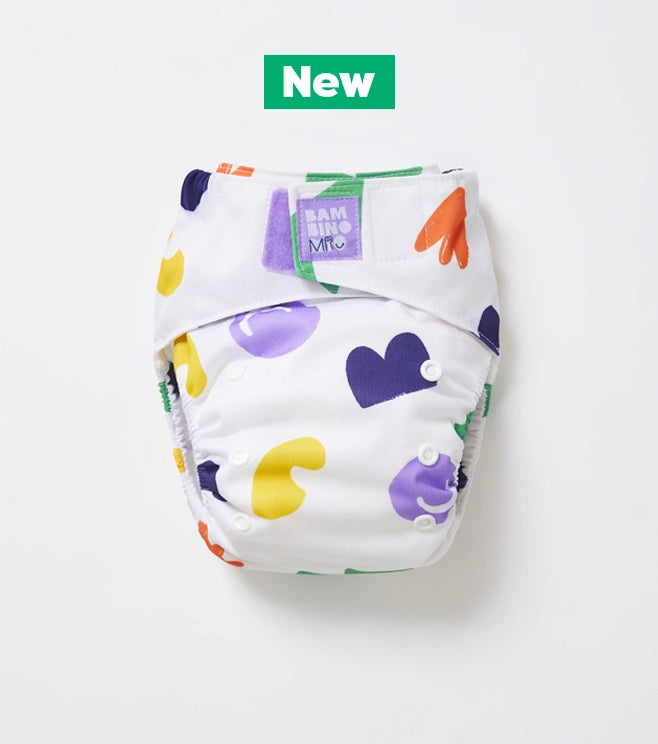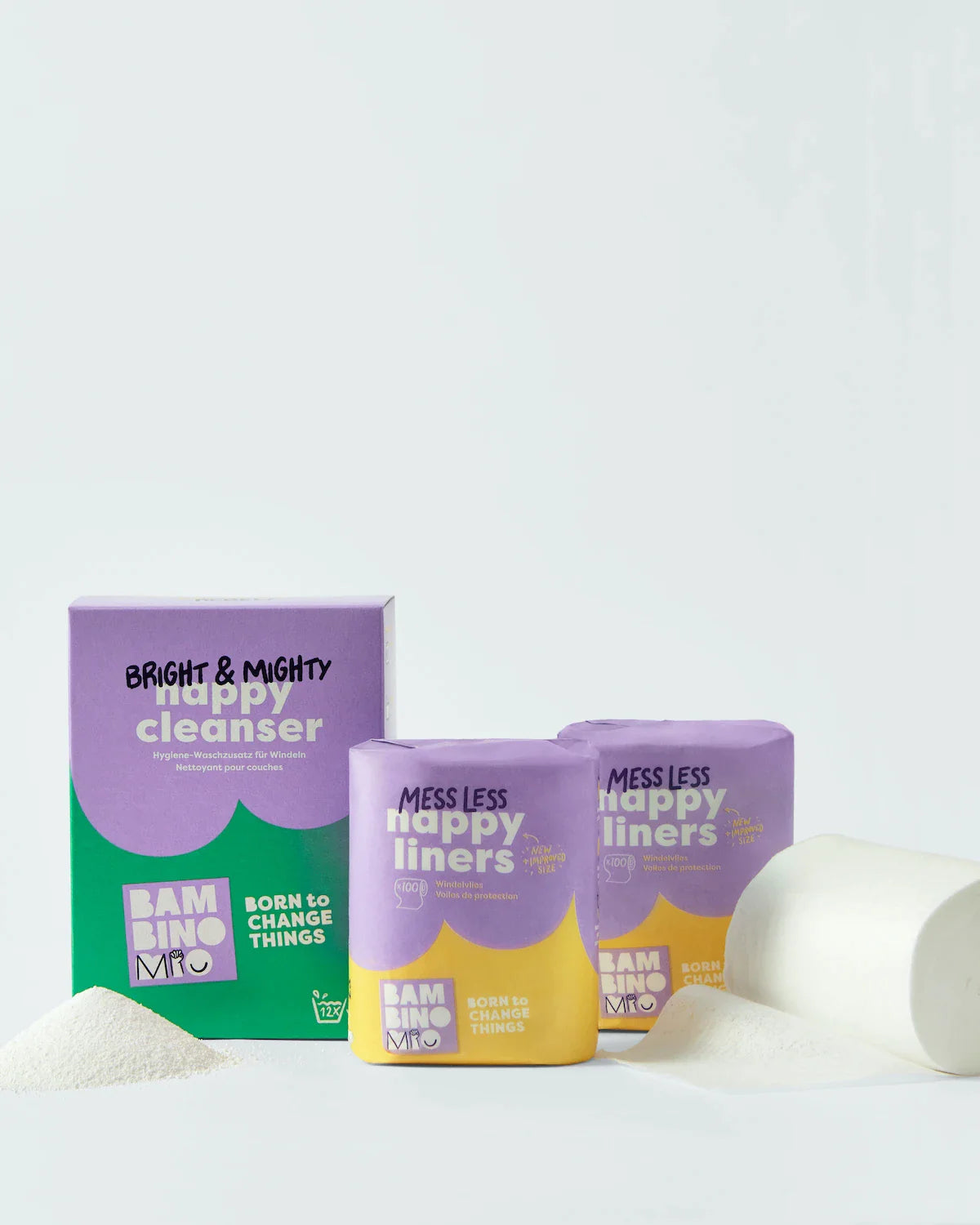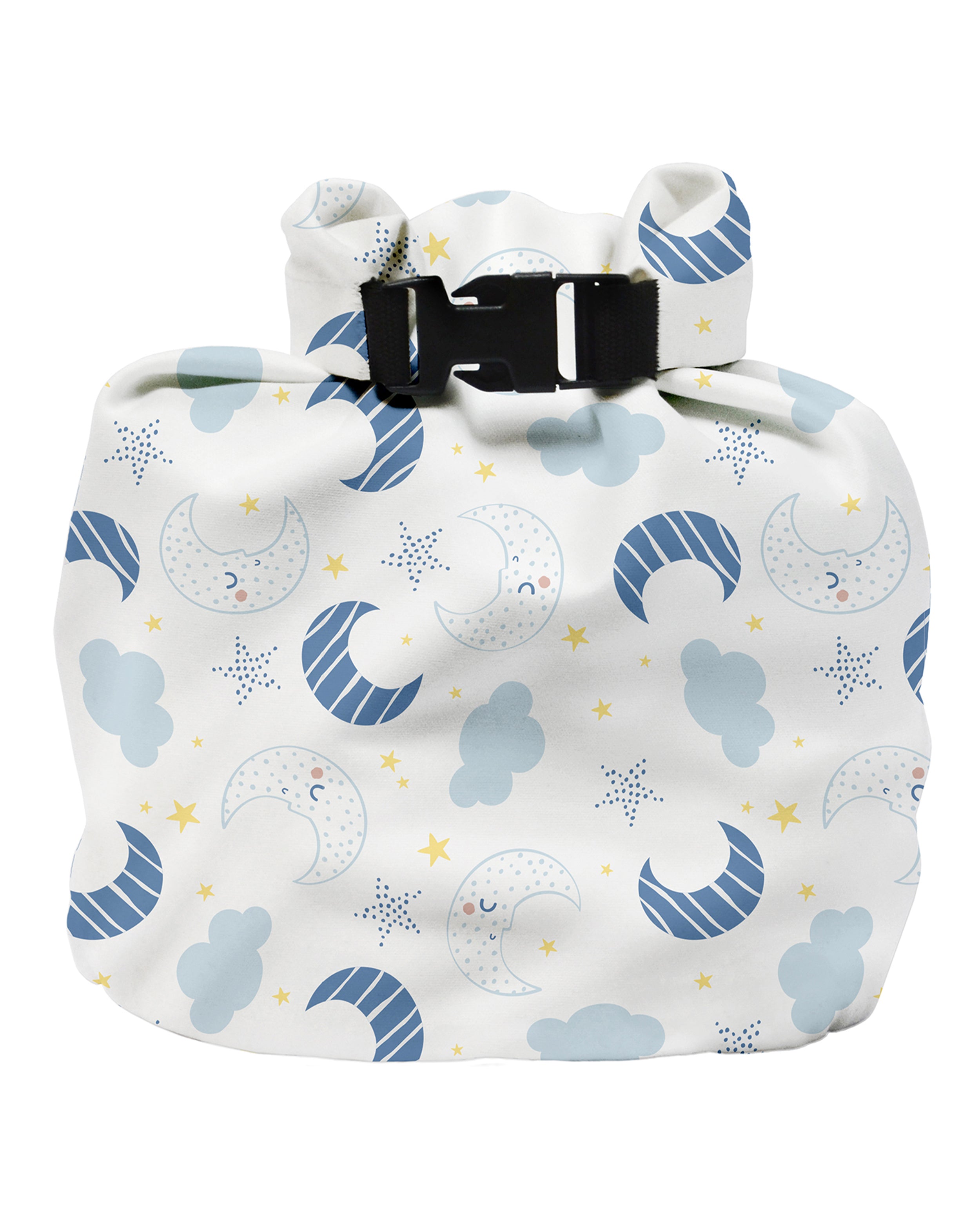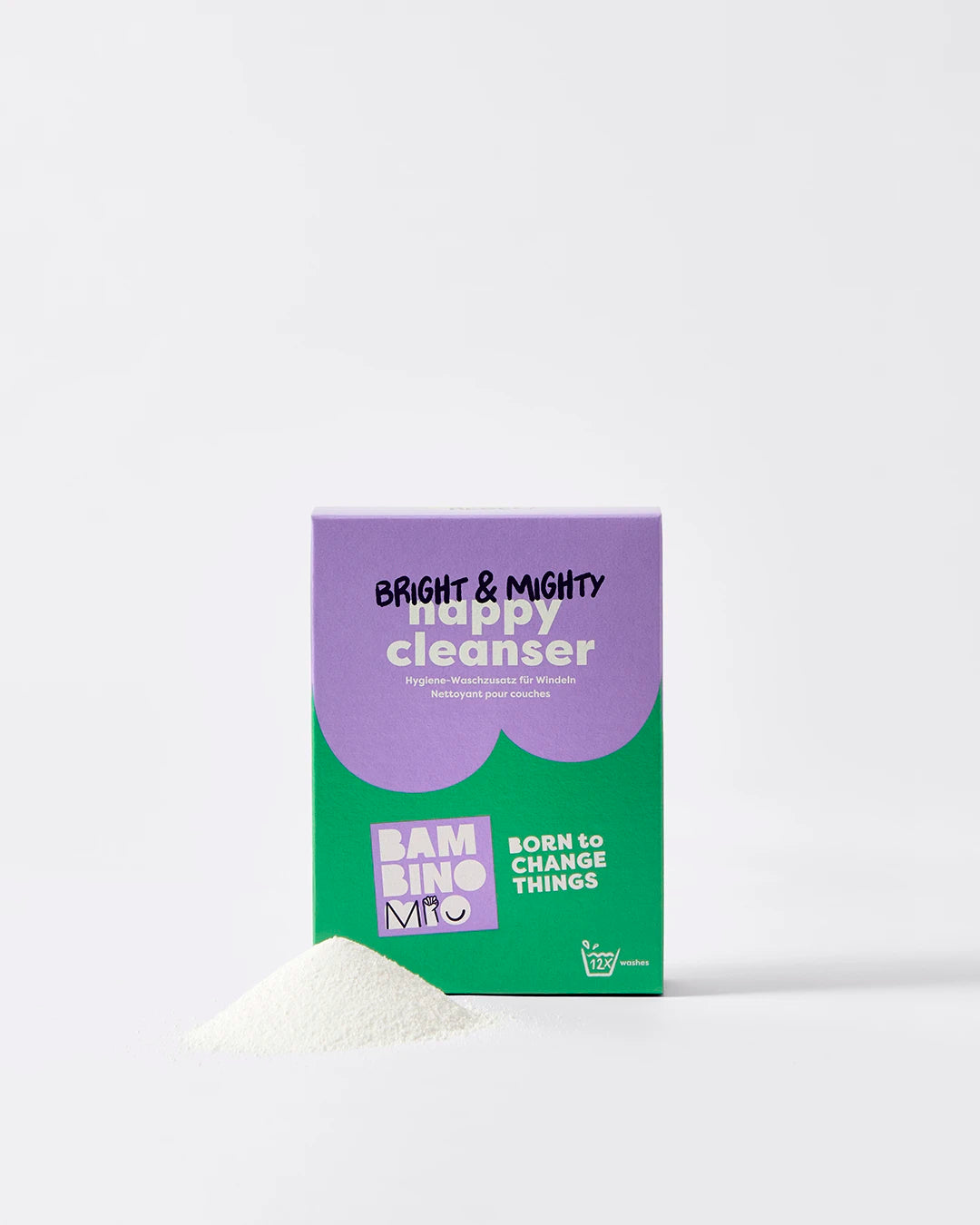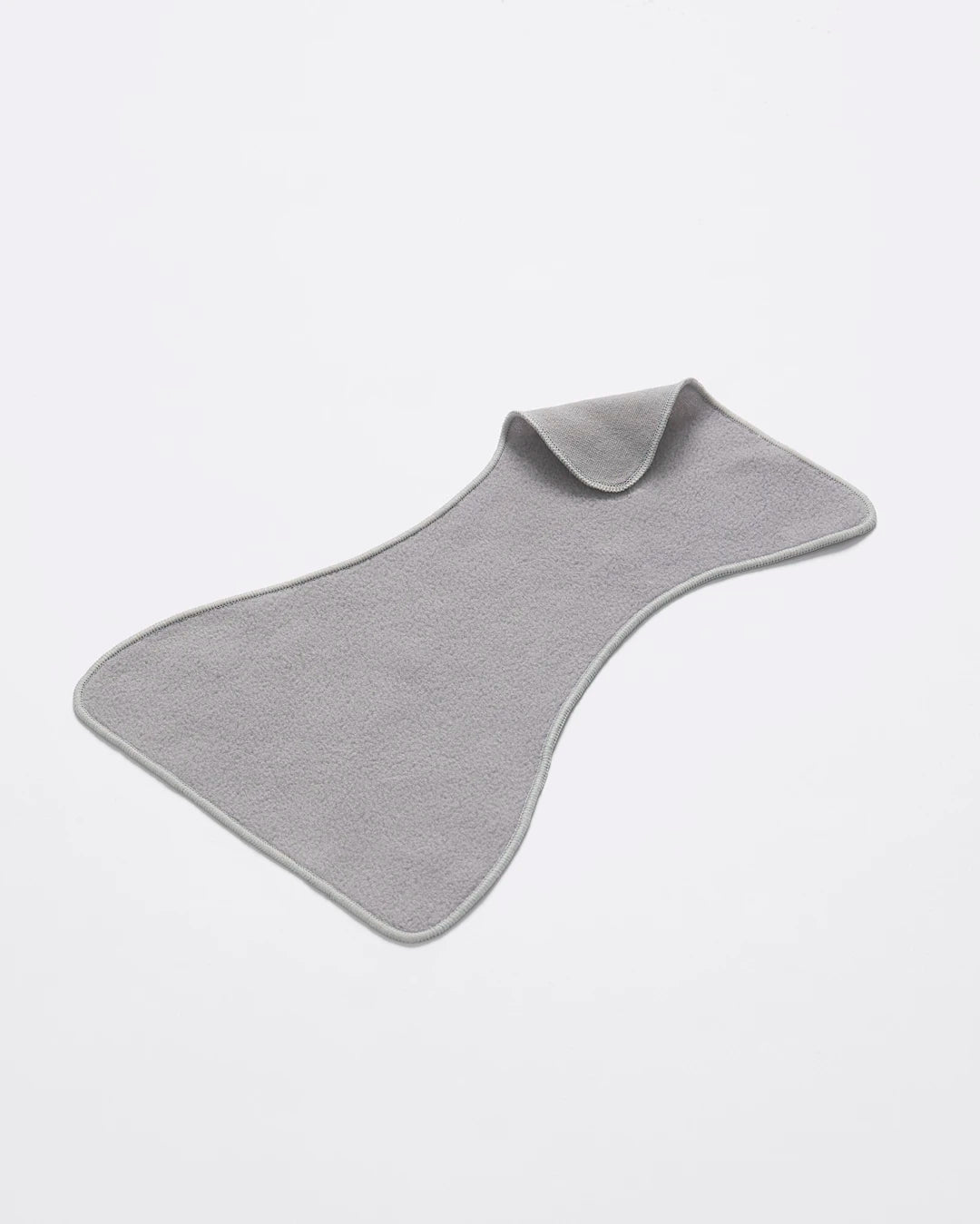Speculum | Glossary of Pregnancy & Baby Term
Share Options
- Bambino Mio
- 31 / 07 / 2023
Inside this Article:
What is a speculum?
A speculum (1) is a device your healthcare provider might use to examine hollow orifices in your body, such as your vagina (2), anus, nostrils or ears. The best-known type of speculum is the vaginal speculum, which widens the walls of your vagina enough to allow your HCP to examine your cervix and vaginal canal.
By using a speculum, it’s easier for your doctor to check for abnormal growths, take samples for testing and even to perform surgeries in your vagina and cervix.
What do speculums look like?
There are many different types of speculum, each designed for its particular purpose. The one you’re most likely to see when you go for a smear test (3) or gynaecological examination looks like a duck bill, with the two “arms” meeting at a hinge. The arms (or duck bill) go into your vagina and your doctor gently opens them and holds them in place with a screw. Once the speculum is removed, your vagina returns to its usual width.
Speculums can be made of either stainless steel or plastic, with some plastic models having integral lights to help with examinations.
What are vaginal speculums used for?
Vaginal speculums are best-known for their role in smear tests, when your nurse or doctor examines your cervix and takes a sample of cells to test for changes which may indicate cervical cancer (4).
Doctors and nurses will use vaginal speculums for other procedures besides smear tests, such as:
- Hysteroscopies (5)
- Biopsies
- Colposcopies (6)
- Endometrial ablation (7)
- IUD placement
- Vaginal hysterectomy
For procedures such as hysterectomies and D&Cs you’ll be under a general anaesthetic.
Are speculums safe?
Very. Medical staff have been using speculums for centuries and your HCP will either sterilise your speculum beforehand or will use a single-use plastic type so there’s very little risk of infection. Using a speculum doesn’t permanently widen your vagina - once it’s removed your vagina will return to its normal size and width.
Will a speculum feel painful?
There’s some discomfort and pressure involved when your HCP inserts a speculum into your vagina and widens it, but it shouldn’t be painful.
If you’re very nervous, try breathing out as your HCP inserts the speculum and do your best to relax your vagina. Most vaginal examinations are over very quickly so focus on your breathing and count backwards from 30 to see how far you get to take your mind off things.
Citations and References
- Healthline. ‘What You Need to Know About the Speculum.’ 2018. Web. www.healthline.com/health/speculum#types
- National Institutes of Health (NIH). National Library of Medicine. ‘Physiology, Vaginal.’ 2022. www.ncbi.nlm.nih.gov/books/NBK545147
- National Health Service (NHS). ‘Health A to Z. Cervical Screening.’ 2023. Web. www.nhs.uk/conditions/cervical-screening
- National Health Service (NHS). ‘Health A to Z. Why Cervical Screening is Important.’ 2023. Web. www.nhs.uk/conditions/cervical-screening/why-its-important
- National Health Service (NHS). ‘Health A to Z. Hysteroscopy.’ 2018. Web. www.nhs.uk/conditions/hysteroscopy
- National Health Service (NHS). ‘Health A to Z. What is a Colposcopy?’ 2022. Web. www.nhs.uk/conditions/colposcopy
- National Health Service (NHS). ‘Endometrial Ablation.’ 2022. Web. www.gloshospitals.nhs.uk/your-visit/patient-information-leaflets/endometrial-ablation-ghpi0633



